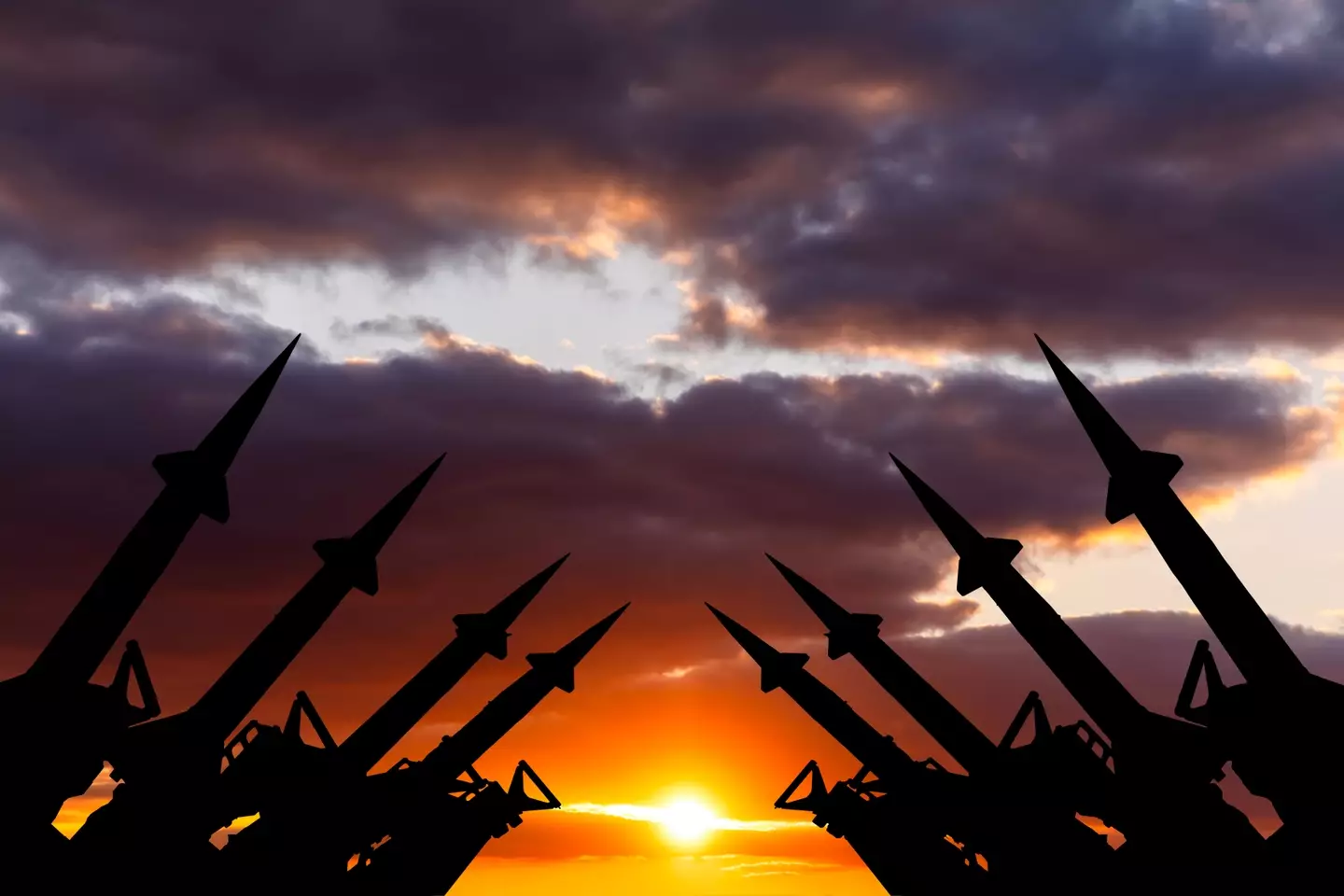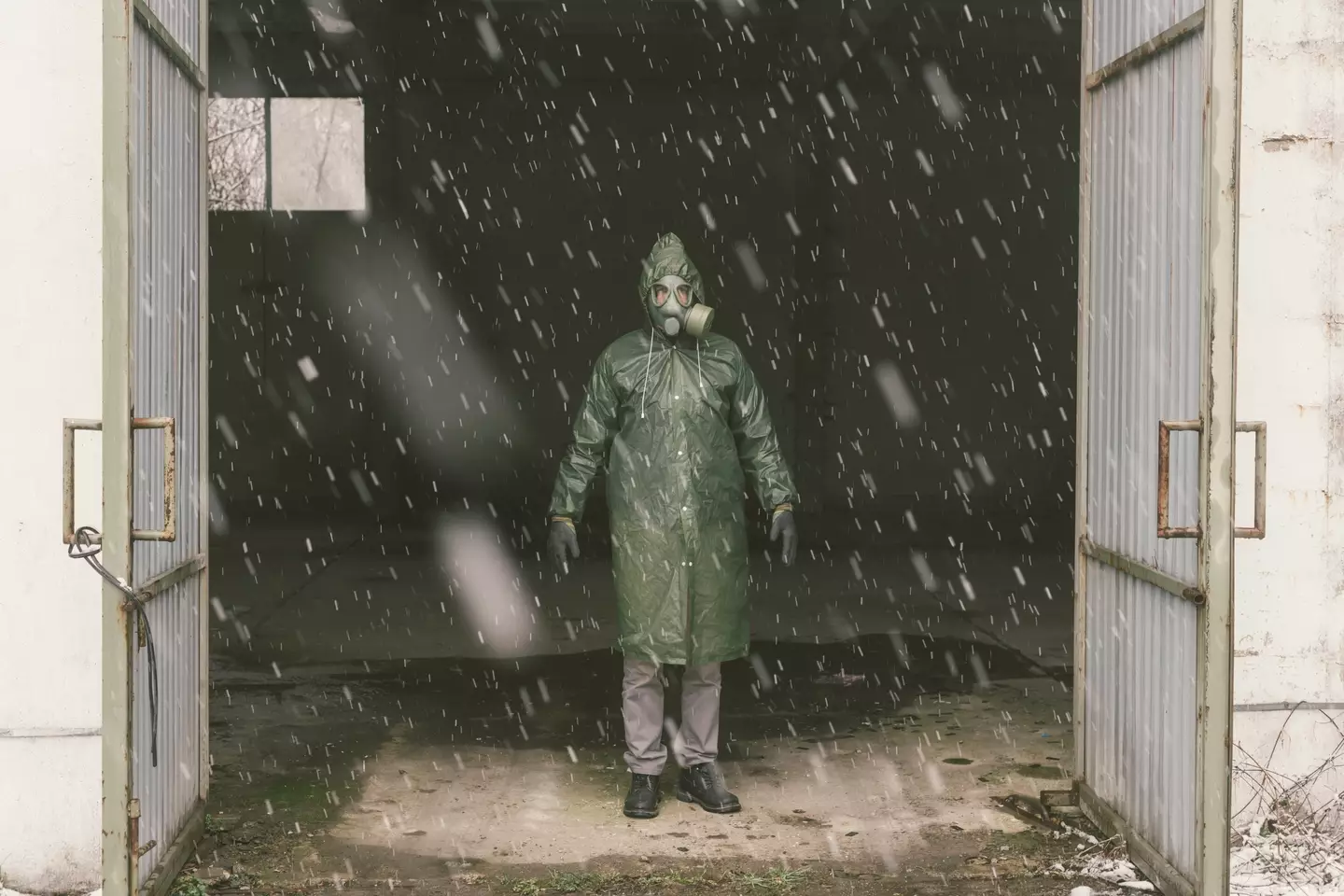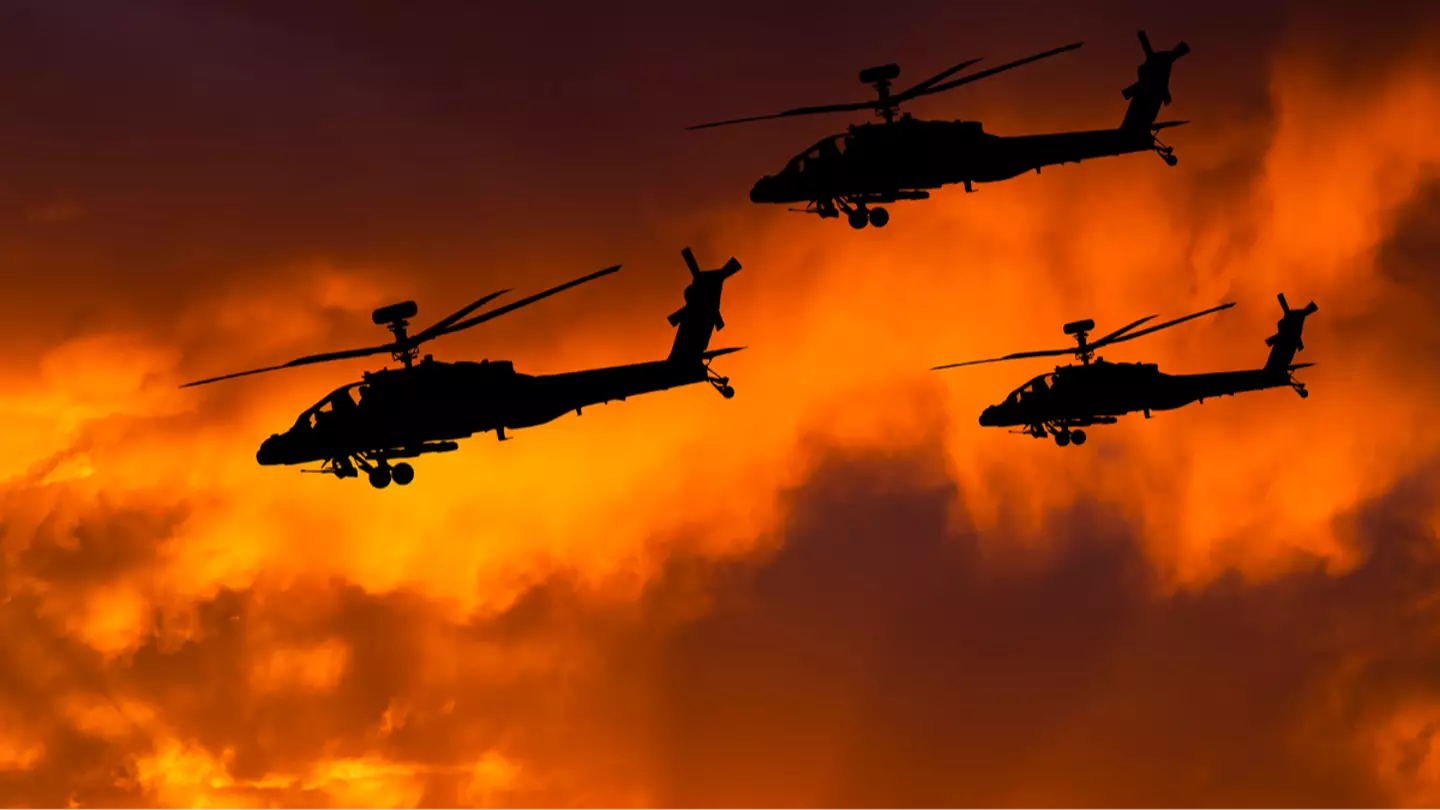Concerns about the onset of World War 3 remain elevated, and a specialist has advised on the necessary steps Americans should take if a nuclear bomb were to hit the nation.
Dr. Patricia Lewis, a former director of research at the International Security Programme, has previously emphasized that “the threat of nuclear weapons is resurging in a manner not seen since the height of the Cold War.”
This is mirrored in statements from global leaders regarding their readiness to employ nuclear arms.
Russia’s Vladimir Putin has previously cautioned the U.S. about the potential use of nuclear weapons if American support for Ukraine persists.
With tensions escalating in the Middle East, ongoing clashes between India and Pakistan, and the continuing conflict between Ukraine and Russia, many individuals are increasingly anxious about the prospect of a global war.
As multiple countries possess nuclear capabilities, apprehensions naturally focus on their potential use in contemporary times.
This is particularly relevant at present, given the U.S.’s involvement, under Donald Trump’s leadership, in the dispute between Iran and Israel.
While Iran is not believed to possess a nuclear weapon, its allies, China and Russia, do, which could lead to their involvement if tensions rise further.

So what are the odds of the U.S. being targeted by a nuclear bomb?
Regrettably, there is no definitive way to quantify the probability of an enemy nuclear strike on America.
The Doomsday Clock, which symbolizes a global catastrophe and potential end of civilization should it reach midnight, is said to be “closer than ever” to this critical point.
As of the latest update on January 28, 2025, the clock stands at 89 seconds to midnight, warning of “extremely dangerous trends” related to nuclear warfare.
Thankfully, despite past threats from adversarial nations, countries generally hesitate to employ nuclear weapons due to the risk of retaliatory strikes.
This principle is known as M.A.D: Mutually Assured Destruction.
Rather than nuclear attacks, nations have often hinted at other methods of assault against the U.S., such as employing “sleeper cells.”
While a nuclear attack cannot be entirely ruled out, the U.S. Department of Defense has assured that it is “ready” to deter adversaries and respond if an attack occurs.
Currently, there are nine countries known to possess nuclear weapons.

Nuclear arsenals are sometimes maintained within allied nations, which has historically led to tensions between countries.
The International Commission on Radiological Protection has highlighted the importance of preparation in the event of a nuclear attack, providing five key measures that could save lives.
It is crucial to note that if nuclear bombs begin to fall, areas once considered safe may no longer be so.
While radiation could eventually reach nearby regions, there is also the possibility of additional bombings in one’s vicinity.
Therefore, seeking out a secure shelter that offers protection is advisable.
In the aftermath of a nuclear strike, societal norms will undergo dramatic shifts, so maintaining a well-stocked personal or local shelter can be crucial for survival in the immediate and longer-term aftermath.
The likelihood of accessing medical facilities may be slim, depending on where the nuclear weapons hit.

In such scenarios, minor injuries and health issues may need to be addressed independently or with limited outside help.
Access to certified medical professionals might become scarce, so knowing how to handle common medical issues is beneficial.
The initial strikes will likely result in significant casualties and destruction, making the ability to treat burns and other traumas essential.
Communication with family and friends may become extremely challenging if a strike or major conflict occurs.
Embarking on extended searches to reunite with loved ones is not always advisable, as it could expose individuals to lethal radiation.
Developing a general plan in advance regarding actions to take during a strike is essential, as there is a chance that family members may be separated during such an event.
In the aftermath of a catastrophic incident, widespread panic and separations are possible.
The guide advises attaching name tags to children’s clothing to aid in their identification and reunification if they become separated.

